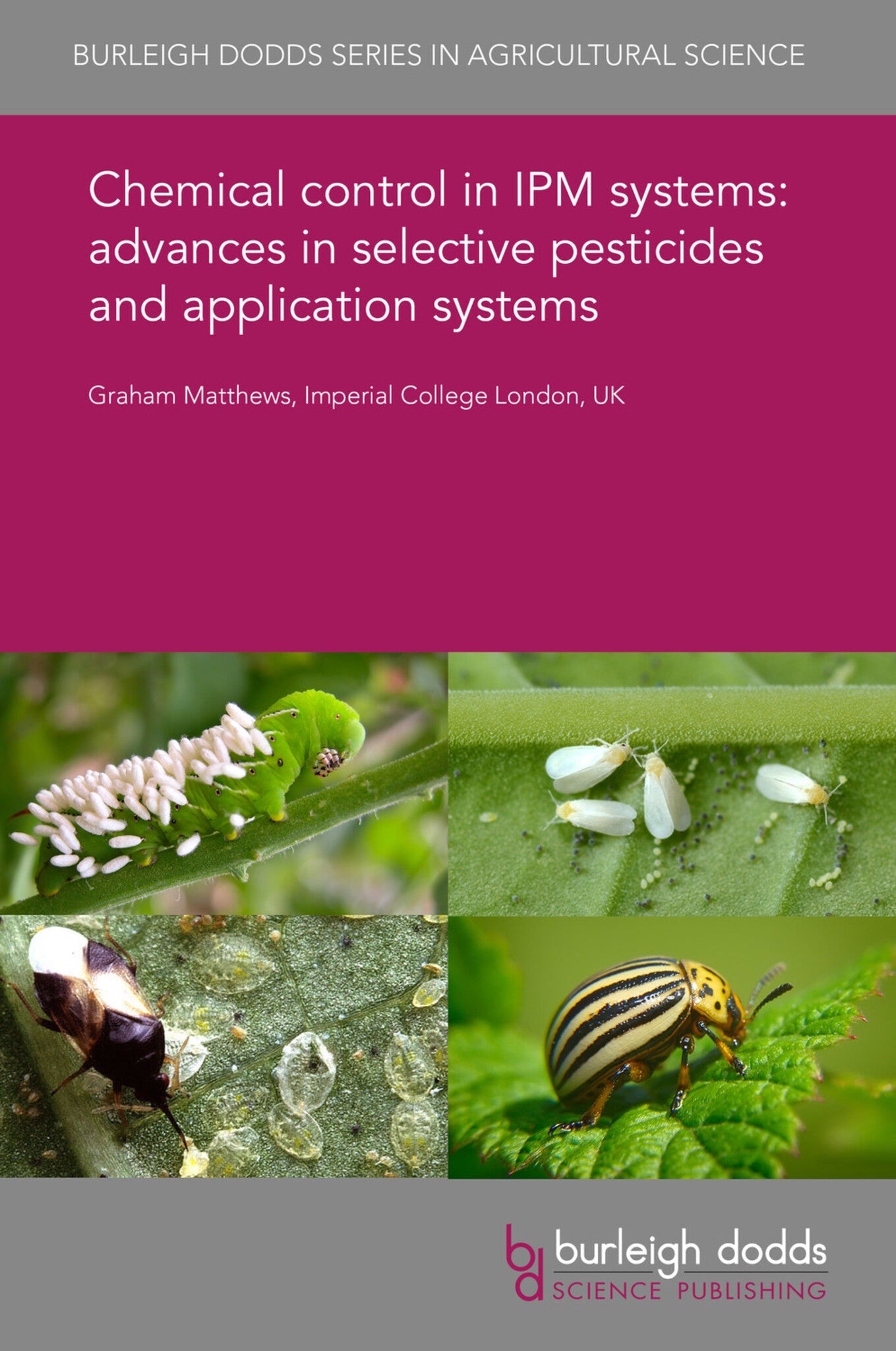We're sorry. An error has occurred
Please cancel or retry.
Chemical control in IPM systems: advances in selective pesticides and application systems

Some error occured while loading the Quick View. Please close the Quick View and try reloading the page.
Couldn't load pickup availability
- Format:
-
28 October 2019


TECHNOLOGY & ENGINEERING / Pest Control, Pest control / plant diseases, SCIENCE / Life Sciences / Zoology / Entomology, TECHNOLOGY & ENGINEERING / Agriculture / Agronomy / Crop Science, TECHNOLOGY & ENGINEERING / Agriculture / Sustainable Agriculture, Insects (entomology), Sustainable agriculture, Agronomy and crop production

1 Introduction 2 Selective pesticides 3 Dose selection and timing of chemical pesticide treatments 4 Changes in pesticide application technology 5 Biopesticides 6 Baculoviruses and their application 7 Bacterial biopesticide application 8 Application of entomopathogenic nematodes 9 Release of predators and parasitoids 10 Using pheromones 11 Conclusion 12 Acknowledgement 13 Where to look for further information 14 References



